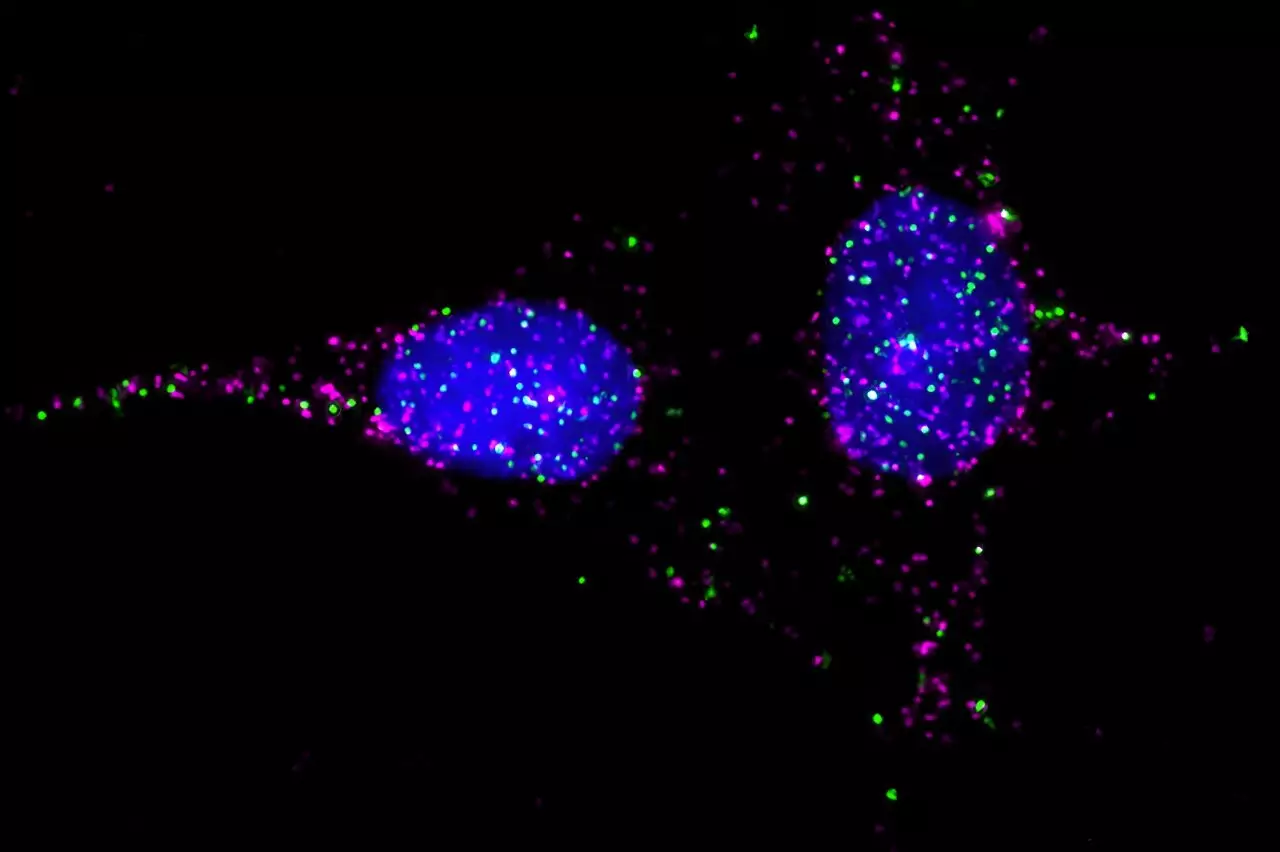G protein-coupled receptors (GPCRs) are pivotal in modern medicine, as they are the targets of roughly one-third of all FDA-approved drugs. These receptors, found on the surface of human cells, play crucial roles in a variety of physiological processes. From managing heart rhythms to controlling allergic reactions, GPCRs help facilitate life-saving therapeutic interventions. However, recent scientific advancements reveal that the simplicity of interacting with these receptors is misleading. New findings suggest that the functionality of GPCRs extends beyond the receptors themselves, as they often require the assistance of accessory proteins called receptor activity-modifying proteins (RAMPs) to perform optimally.
For years, scientists believed GPCRs operated independently within the cellular environment. However, innovative research, as presented in a recent study published in Science Advances, has uncovered a more intricate relationship. The research team uncovered that fewer than half of the GPCR drugs currently in use are acting alone; instead, they are engaging in complex interactions with RAMPs. Dr. Thomas P. Sakmar, a prominent figure in the field, elucidates that these interactions can determine the effectiveness of certain drugs across different cellular contexts.
A nuanced understanding of GPCR-RAMP interactions opens vast therapeutic avenues. The scenario is now clear: a drug that successfully binds to a GPCR in one type of cell may completely fail in another cell type due to the presence or absence of specific RAMPs. This has serious implications for drug design and individualized medicines, emphasizing how crucial it is to consider RAMPs in both drug development and therapeutic applications.
To systematically sort through the intricacies of these interactions, the research team led by Ilana Kotliar devised an innovative assay capable of examining 215 GPCRs in relation to three known RAMPs. The collaboration with Sweden’s Human Protein Atlas Project highlighted a pioneering effort combining existing technologies, which ultimately resulted in an unprecedented volume of data on receptor interactions.
The experimental design involved coupling antibodies to magnetic beads that were color-coded, allowing researchers to observe which RAMPs associated with which GPCRs in real-time. This method significantly streamlined the process of mapping GPCR-RAMP interactions and created a vast library of experimental data that can serve as a resource for researchers. The high-throughput nature of this study enabled simultaneous testing of hundreds of interactions, marking a substantial advancement over traditional single-complex methods.
The journey to complete this research was not without substantial challenges. The COVID-19 pandemic imposed significant obstacles, affecting travel and the availability of crucial reagents. Nevertheless, Kotliar’s commitment to the project saw her managing the logistical complexities of international collaboration, ultimately leading to successful data collection. It is a testament to the resilience and adaptability of researchers in the face of unprecedented global challenges.
The study not only enriches the scientific database on GPCR and RAMP interactions but also lays the foundation for future explorations into “orphan” GPCRs—those whose natural ligands remain undiscovered. The mapping of these interactions might reveal vital biological insights that could inform the development of targeted therapies, especially for conditions linked to GPCR dysregulation.
This study promises to significantly impact drug development practices. By integrating a better understanding of GPCR-RAMP interactions, pharmaceutical developers can refine drug design processes to prioritize combinations of receptors and accessory proteins, ultimately fostering more effective therapeutics. Moreover, a resource-rich platform now exists for scientists and drug developers to efficiently access information regarding GPCRs and their RAMP partners.
With these findings, the strategies for addressing maladies linked to GPCRs can evolve, potentially leading to breakthroughs in treatment resistant diseases. Enhancing the understanding of why certain promising GPCR-targeting drugs have failed in clinical trials becomes possible through the lens of GPCR-RAMP dynamics, enabling a more tailored approach in therapeutic interventions.
As the exploration of GPCRs deepens, the implications for pharmacology are immense. This transformative approach to understanding drug-receptor dynamics could pave the way for innovative treatments across a spectrum of diseases. The study’s findings transition the narrative from a simplistic view of GPCR functionality to a comprehensive understanding of complex interactions that govern drug efficacy and cellular response.
As researchers build on these insights, the future promises not just improved drug designs but also a richer, more nuanced appreciation for the intricate machinery of life at the molecular level. This study is a significant stepping stone toward harnessing the uncharted potentials of GPCR-RAMP interactions, illuminating paths for future research opportunities and compelling advancements in the medical field.


Leave a Reply